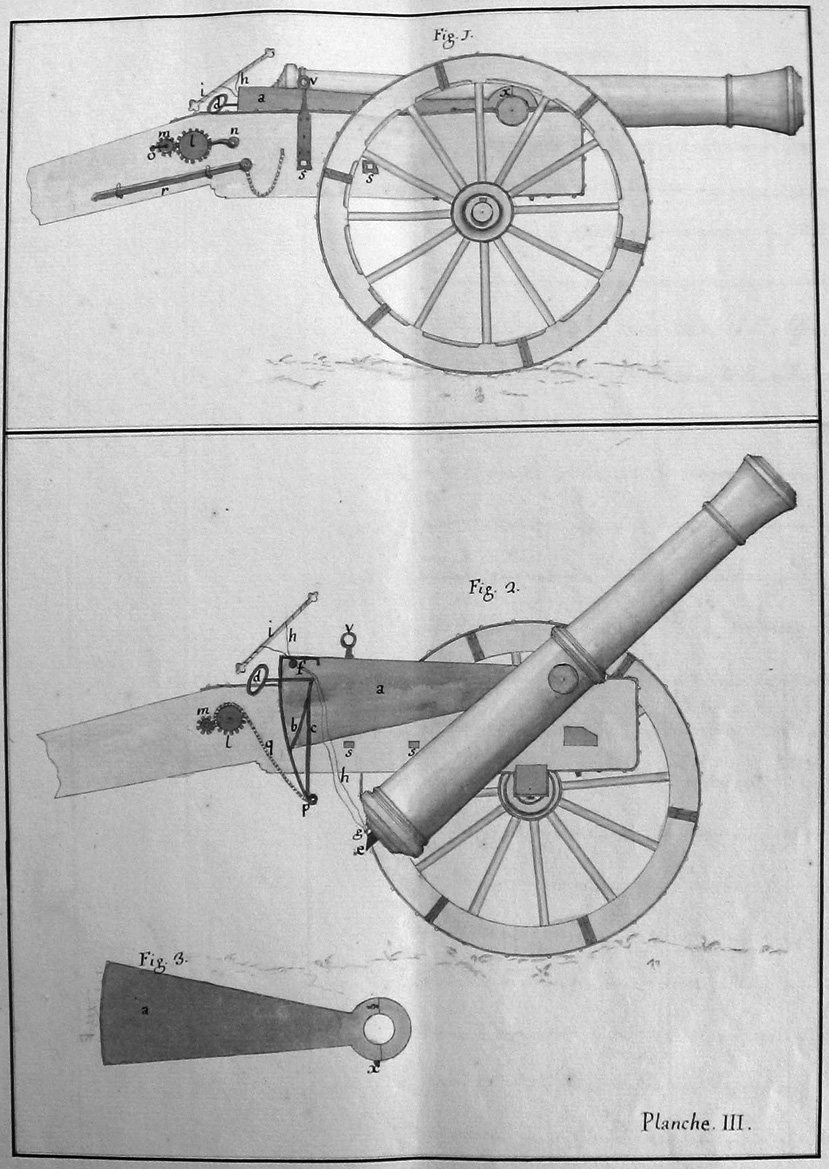
The Saxons deployed an interesting artillery design in the 3 and 6pdr geschwindstuck (quick-firing) pieces. These had barrels that could be quickly tipped back to a 65° elevation after loading, which seated the charge without the need for ramming. This was only used for loading canister, but was proven in action during the Silesian wars when the rate of fire with canister was doubled. These guns were normally issued as battalion pieces.
7YW Artillery – part 5 – SAXE-POLAND
Saxon Artillery Geschwindstück
“Author: Dr Stephen Summerfield Title: Saxon Artillery 1733-1827 Published: December 2009 Publisher: Partizan PressISBN: 978-1-85818-598-9″
The strong links of Saxony with the Polish crown caused her
to become the battleground for the competing powers of Austria, Prussia and
Russia for centuries. Efficient artillery was essential but in the 1740s was
neglected due to the prohibitive costs of ordnance and maintaining a standing
army. This contributed by the annexation of Saxony by Frederick the Great in
1756 and the adsorption of her soldiers into the Prussian Army. The remnants of
the Saxon Army fought with distinction with their Austrian and French Allies.
This unhappy experience of the Seven Years War (1756-63) led
to the M1766 Hoyer system that was first used in the War of Bavarian Succession
(1777-78). The gun carriage and elevating system of the M1766 4-pdr
Schnellfeuergeschütz regimental gun probably influenced the design of the
Austrian M1780 Wurst guns. The M1766 Granadstück based upon the Russian Unicorn
was a long barrelled howitzer that could fire an early form of spherical case
[Shrapnel].
The 1809 campaign showed the Saxon Army and its ordnance had
to be transformed from that suited for 18th Century to Napoleonic warfare. The
main influence on the M1810 gun tubes was the French AnXI with the carriages
derived from those of the Saxon M1766 Hoyer System. These excellent guns
performed well in 1812 and especially at Gross Beeren (23 August 1813) where
they dismounted 9 Prussian guns.
The century of Saxon ordnance development is illustrated
with 66x 1:24 scale plans, 64x 1:30 scale plans and 64 details drawn from
contemporary sources. These are enhanced by 34 photographs, 38 contemporary
plates and 32 uniform plates with 78 separate uniforms shown in colour. In
addition there are 3 maps, 34 OOBs and 22 Tables.